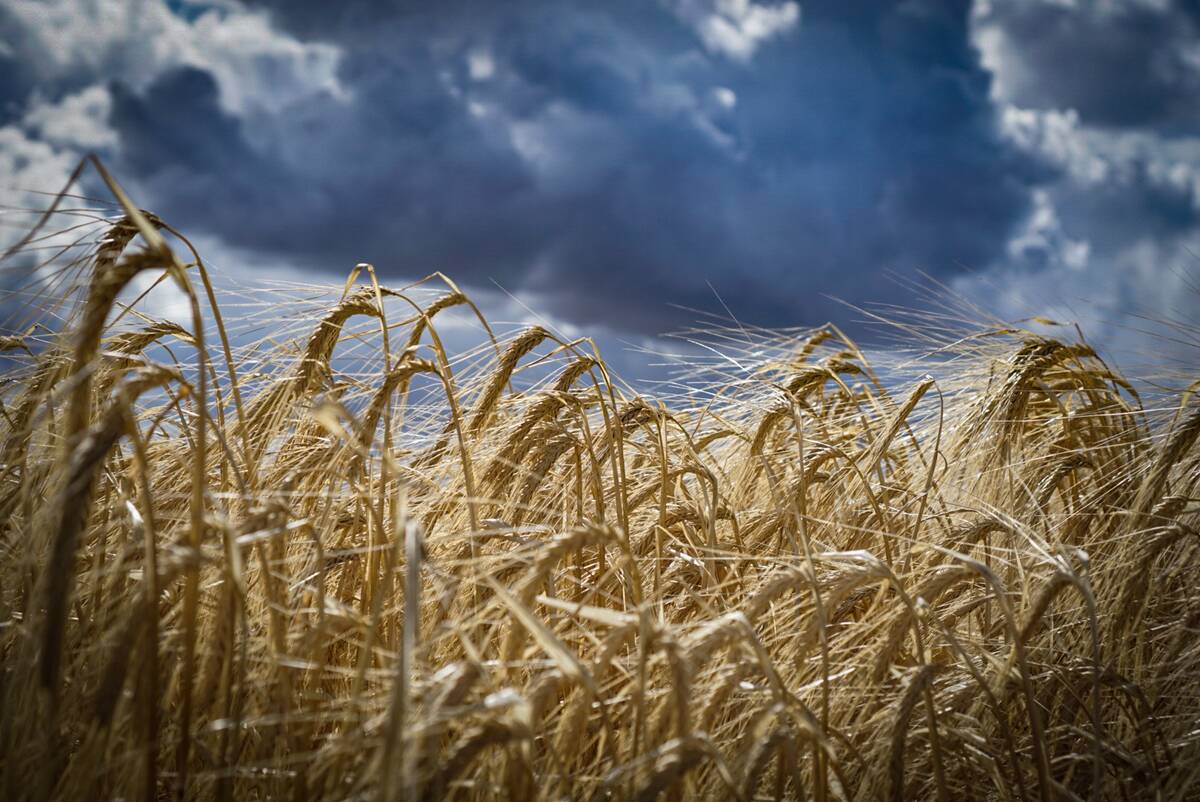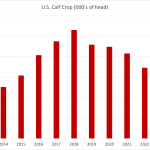This cattle market information is selected from the weekly report from Canfax, a division of the Canadian Cattlemen’s Association. More market information, analysis and statistics are available by becoming a Canfax subscriber by calling 403-275-5110 or at www.canfax.ca.
Packers have plenty
The fed market took a step back last week after trending sideways for the previous seven weeks. Between ample fed supplies and larger non-fed numbers, packers seem to be facing a surplus of cattle.
Read Also

Malting barley exporters target Mexican market
Canada’s barley sector is setting its sights on the Mexican market to help mop up some of the lost demand from China
Cattle feeders usually gain leverage over the packers in fall but not this year. With high feedgrain prices, large carcass weights, long lift dates and some feedlots needing to make space for incoming cattle, packers continue to have the upper hand.
Dressed sales last week were reported from $260-$265 per hundredweight delivered, dropping to $255 per cwt. as the week progressed. One packer was not even bidding on fed cattle. Many producers either passed bids or pulled cattle off last week’s list.
A few cattle from Saskatchewan traded and will come west for slaughter, and prices were comparable to Alberta sales. Cattle that traded last week were scheduled for second half of November delivery. Some were bid for delivery in the first week of December.
Ontario dressed sales were reported from $270-$273 per cwt. delivered, mostly at $270. Cattle were being booked for Nov. 15 delivery.
Many grass cattle moved off pastures 30 to 60 days earlier than normal, and the hole between long-fed calves and yearlings probably won’t develop.
In the United States., dressed sales in Iowa and Nebraska were at mostly US$196 per cwt., fully steady with the previous week. Live sales in the northern feeding states ranged from $123-$126.50 per cwt., steady to $1.50 per cwt. higher.
Sales in Texas and Kansas were reported fully steady at mostly $124 per cwt. U.S. weekly beef production was estimated at 548 million pounds. It is the second largest production on record for the middle of October.
New low for cows
Non-fed supplies outpaced demand again last week, and prices were sharply lower. D2 cows traded almost $6 per cwt. lower than the previous week to a new annual low of $69.92 per cwt., and D3 cows were $6.75 lower, averaging $59.36 per cwt.
Dressed cow bids deteriorated over last week, ranging from $128-$133 per cwt. delivered. Butcher bull prices saw a similar decline, sliding more than $5 per cwt. lower to average $96.50 per cwt. Feeder cows and heiferettes traded $4.50-$5 lower.
Slaughter cows typically bottom in November and rebound toward spring. Marketings have accelerated somewhat this year because of drought conditions, and slaughter cow prices could bottom ahead of schedule.
Interest in light calves
Feeder prices trended seasonally lower last week on increased offerings and selective demand. Keen interest was observed for light steer calves less than 400 lb. to background for the grass market, and prices firmed $2.25 per cwt. higher. Lacklustre feeding margins for 500-800 lb. calves pressured prices $2-$5 per cwt. lower than the previous week.
In contrast, 800-900 lb. feeders to place against the early spring fed market saw a modest $1.65 per cwt. decline. In late October/early November, the 550-850 lb. feeder heifer price spread narrows significantly compared to the higher feed converting steers. Last week that price spread was the narrowest seen in the past three years at $7.04 per cwt.
Strong eastern buying interest continued for steer calves last week, and east to west prices were comparable. Heifer calves, however, were a different story with Alberta five weights trading at a $13 per cwt. discount.
Weekly auction volumes surged sharply 53 percent larger than the previous week to 92,166 head and were 82 percent larger than a year ago. Year-to-date auction volumes were 34 percent larger, totalling 1,223,572 head.
Feeder exports to the U.S. for the week ending Oct. 9 were 22 percent smaller than the previous week at 3,811 head and were 34 percent larger than the same week last year.
Since the summer drought, early placed grass yearlings have occupied a lot of feedlot bunk space, which continues to limit demand for new crop fall calves. Imported U.S. corn is expected to land in southern Alberta in coming weeks to help offset high feeding costs.
Cutouts stable
In U.S. beef trade, cut-out values stabilized last week on improved seasonal interest for middle meats and brisket. The choice cutout closed last week fully steady with the previous week, averaging US$280.66, and Select rallied $2 per cwt. higher to average $262.72.














